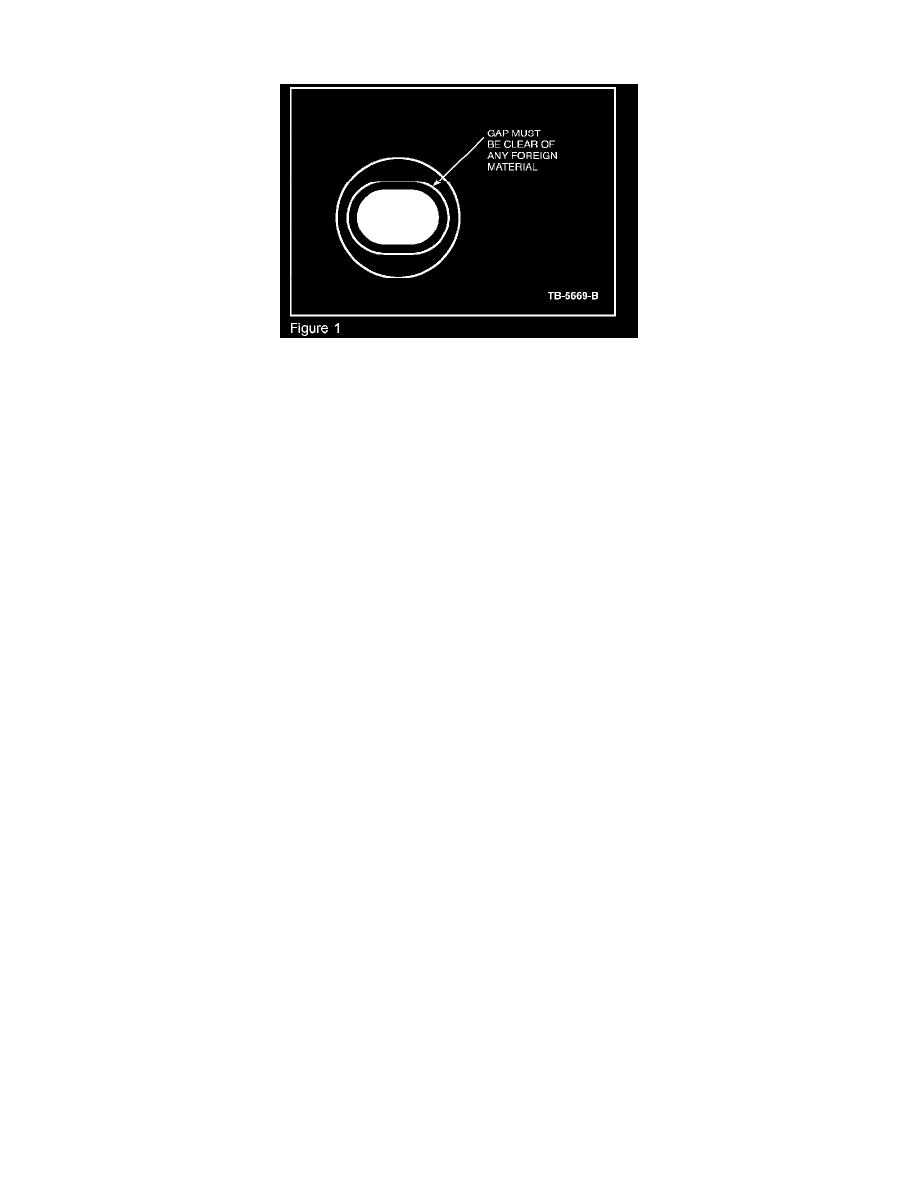F 250 4WD Super Duty V10-6.8L VIN Z CNG (2003)

BLOCKED/CONTAMINATED PROXIMITY SENSOR SURFACE:
Proximity sensor surfaces may be covered with snow, ice, dirt or mud. There is a gap between the sensor membrane and its plastic housing that must
remain clear (Figure 1). If this space is contaminated with any foreign material the system may sound a continuous tone or intermittent tone. The sensor
surface can be cleaned by a high pressure water spray.
SIDE COVERAGE SENSOR:
There is side/rear coverage that extends approximately 18" (46 cm) perpendicular from the side rear fascia. Side coverage is a desirable feature in a
parking situation where the vehicle is involved in a very tight turn with little rearward movement, or where the vehicle is backing parallel to a large,
extending obstacle such as a garage wall. If there is no encroachment between any of the outer sensors and an obstacle, then the warning will sound for 3
seconds and cease. If vehicle or the obstacle begin to move closer to each other, then the warning will begin again. Obstacles within 10" (25 cm) of the
fascia will always be reported with a continuous tone. This is considered normal operation.
ABNORMAL ROAD SURFACES:
The RSS/FSS may give warnings due to certain road surfaces with surface projections such as rocks, broken pavement, unplowed snow covered roads.
This is considered normal operation.
OTHER POSSIBLE CAUSES:
Very wet weather conditions, such as mist, frost or snow may provoke occasional warnings. The system may detect liftgate while open and certain trailer
hitches and/or bicycle racks. External ultrasonic noise may be detected (high velocity air, machinery). This is considered normal operation.
SENSOR DIAGNOSTICS
1.
Ensure that nothing is in detectable sensor-range 6' (1.8 meters) behind vehicle for the RSS and within 6' (1.8 meters) of the front of the vehicle for
the FSS.
2.
Clean proximity sensors with a dry shop towel, and if required wash with water or a high pressure water to ensure that the membrane gap is free of
any dirt or contamination.
3.
Using the New Generation Star (NGS) tester (up to 2004 MY), NGS+ (2005 MY) or WDS observe the following four parking aid module
parameter identification displays (PIDs) for distance information:
^
LR_CNTD (NGS)/LRI_DIST (WDS): (Left Rear Center Sensor Distance To Obstacle)
^
RR_CNTD (NGS)/RRI_DIST (WDS): (Right Rear Center Sensor Distance To Obstacle)
^
LR_CNRD (NGS)/LRO_DIST (WDS): (Left Rear Corner Sensor Distance To Obstacle)
^ RR_CNRD (NGS)/RRO_DIST (WDS): (Right Rear Corner Sensor Distance To Obstacle)
NOTE
PID IDENTIFIERS ALSO EXIST FOR FRONT SENSORS IF EQUIPPED.
a.
If the sensor is functioning properly, with no objects in range of the vehicle, each sensor PID as described above should display a full scale
numerical reading of 255 cm (NGS) or 100 inches (NGS+ and WDS).
